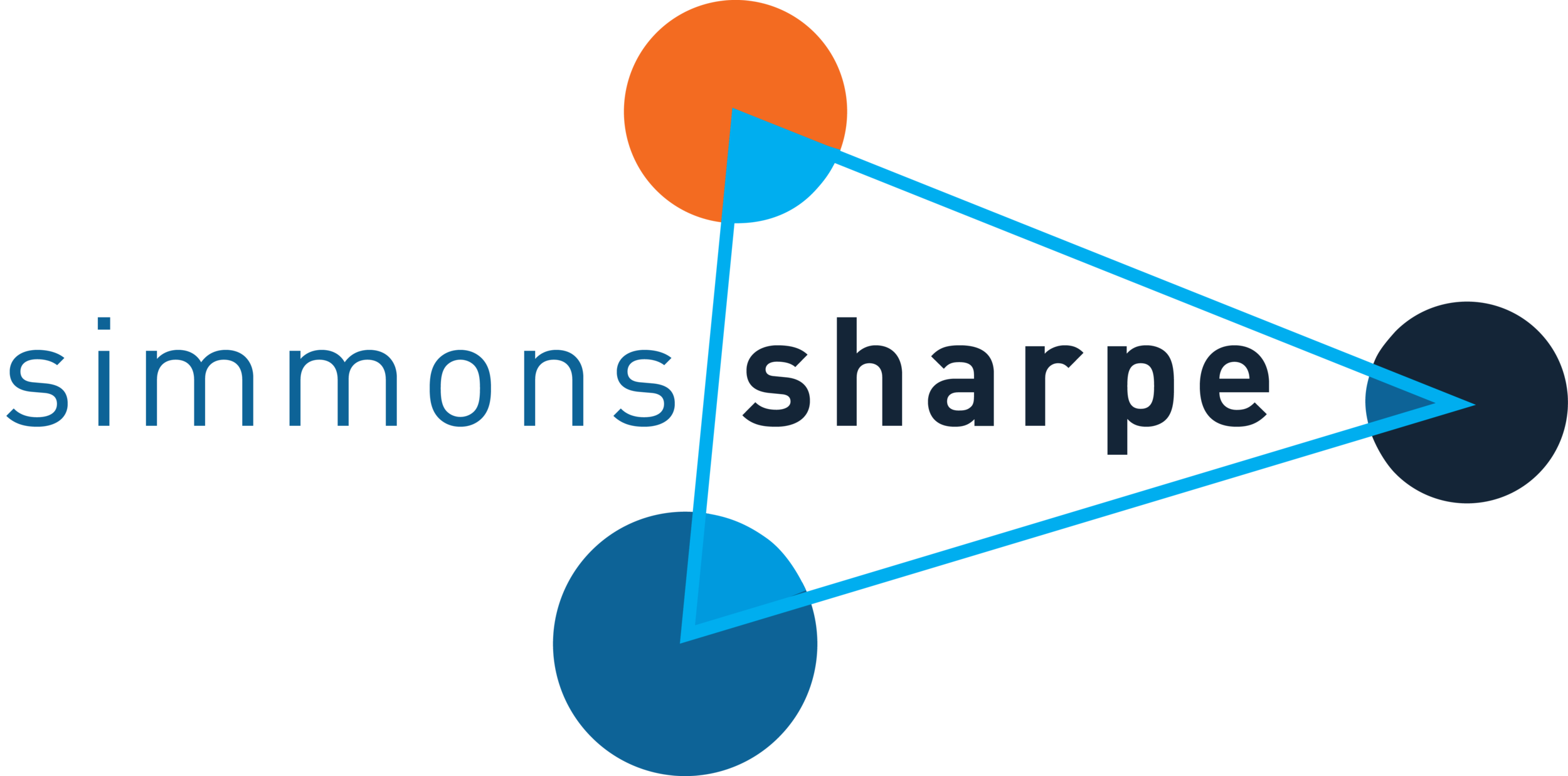Simple is the New Hard
I was in New Orleans at a tech conference a few weeks ago. I went to see Walter Isaacson, the author of the Steve Jobs biography speak to a packed room. Afterward, he had a Q&A session attended by a few fans.
Isaacson was asked what he was excited about these days. He replied, “My new book, about Leonardo da Vinci, available now for pre-order.” That got a few laughs.
But then he got serious, and he said, “You know I know you’re all here, and you’re busy building apps and pivoting start-ups, but really, I haven’t seen anything in about 10 years that really stopped me.” That caught the small audience off guard. After all, weren’t we all there learning about the latest and greatest tech breakthroughs, disrupting every category on a continual, never-ending, relentless basis?
He continued. “You know Steve showed me the first iPhone before it was launched. It was utterly beautiful, simple. I remember seeing those rounded aluminum corners for the first time. And when he told me what it could do. I just shook my head. That was a long time ago. So no – I haven’t seen anything extraordinary like that in a long time.”
And therein lies the paradox. We now live in an astoundingly complex, always-on world that continues to accelerate, automate, commoditize and confuse. But the true milestone products – Amazon’s one click ordering, Uber’s Google maps that let you see where, who and when your driver will arrive, and Netflix’s intuitive personalized interface, all share one common trait.
They’re simple. They’re delightful. To go back to Steve Job’s original guiding principle behind the first Macintosh – they offer radical ease-of-use.
A recent survey of 1,500 marketing professionals asked what digital marketing activities would have the greatest commercial impact in their lives. Of the 14 items, only 3 were in use 10 years ago. That’s when most of today’s CMOs were cutting their teeth. So if you’re a CMO now, it’s incredibly challenging to not only understand these tools, but more importantly figure out what is driving the highest return on investment (ROI) in the shortest possible time frame.
And that process is definitely not simple. Because everything is going faster, and it’s not about to slow down.
Last week, Mickey Drexler, the CEO of J.Crew and the genius behind the The Gap in the ‘90’s stepped down as CEO. In the Wall Street Journal he summed it all up: “I’ve never seen the speed of change as it is today.”
So where is this going? Back to New Orleans. Because that’s where Walter Isaacson is actually moving back to, and that’s the home of a band called Galactic, and a famous music club/basketball court called Tipitina’s. I saw Galactic several times in New Orleans in the early 2000’s – just as they were starting out. They were 5 young guys, incredible musicians, who put on an explosive live show. So when I realized I was going back to New Orleans for the tech conference, I tracked them down and booked my ticket online.
My course was set. I was going back to see Galactic at Tipitina’s 10 years later. I wondered what I’d find and hear. Could they have survived the tumult and fracturing of the music business let alone the aftermath of Katrina? Within the first five minutes of their set, I had my answer. They were better. By a lot. They still had their ears to the street, and they’d expanded their sonic landscape. Dramatically.
Because it was Jazz Fest week, other musicians and entire horn lines started to drop in. The music was broader, more open, and in one extended set they veered from funk to jazz to soul, to hiphop, to blues, rock and then back again. They had evolved, and yet the basics hadn’t changed. The same 5 guys, the same incredible level of musicianship, and a dedication to pushing the boundaries and staying relevant in a city where music, race and history run the tram lines.
The lessons for those of us in marketing are pretty similar. Be agile. Adjust quickly. Keep an open ear. Adapt on the fly. Improvise. Learn constantly. Make sure the band is small and tight. But that you’re open to the big picture as well. Cut down the static and concentrate on what is truly important and what you trust. Learn the right notes and get really good at what you do.
New Orleans, as it always does, had re-set my clock. Again.
So - if you feel like sitting in for a set, then give us a call. We’re fast, flexible and yes – in the pocket and on our game. As Bob Dylan once said, “It doesn’t take a weatherman to know which way the wind is blowing.” And the wind may be blowing harder and faster than ever before, but we’ve always got our fingers up in the air, figuring out exactly where things are headed and what we need to do about it. Now. Not tomorrow.


